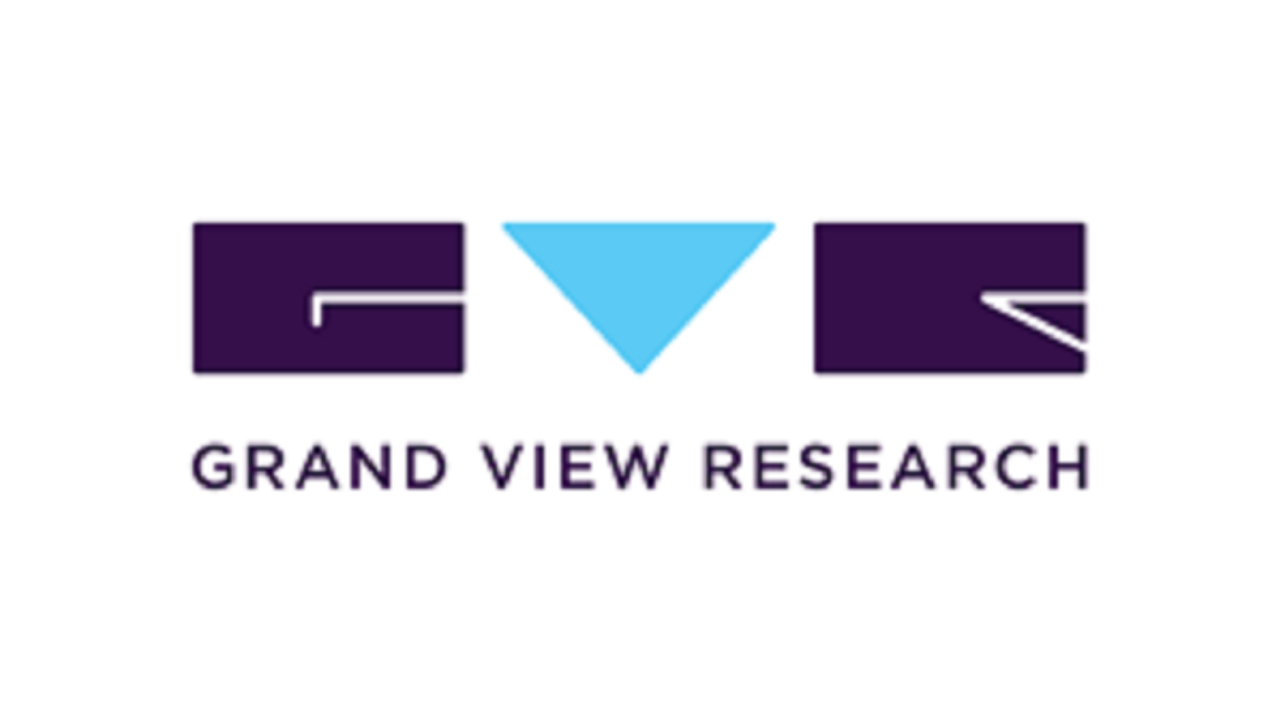The India jewelry market was valued at USD 85.52 billion in 2023 and is projected to expand at a compound annual growth rate (CAGR) of 5.7% from 2024 to 2030. Jewelry is regarded as an essential fashion accessory that significantly enhances a person’s overall appearance. As fashion trends evolve, consumers increasingly select jewelry pieces that complement or elevate their outfits. For example, the growing popularity of streetwear has led both men and women to adopt jewelry more frequently as a form of self-expression, reflecting personal style and identity.
In 2023, India accounted for 24.21% of the global jewelry market, demonstrating the country’s strong position in the global industry. Today’s consumers prioritize jewelry that offers a combination of high quality, durability, and intrinsic value. This consumer preference is driving demand for well-crafted, meaningful pieces. Moreover, factors such as urbanization, the introduction of innovative and customized designs, and technological advancements in jewelry manufacturing are contributing significantly to the market's growth.
Bridal jewelry continues to be a major growth driver in the Indian market. In India, weddings are elaborate affairs marked by high levels of spending on ceremonial attire and adornments, including jewelry. Gold, in particular, holds deep cultural significance and is closely tied to traditional festivals, religious practices, and rituals. Weddings and festivals are the primary occasions for gold purchases. According to data from the CAIT Research & Trade Development Society, India witnessed 32 lakh weddings in November 2022, illustrating the scale of demand. Notably, bridal jewelry constitutes 50-55% of the overall gold jewelry market, underlining its dominance in the industry.
Key Market Trends & Insights:
• By Product, necklaces emerged as the leading category in the India jewelry market, accounting for a revenue share of 32.97% in 2023. This dominance can be attributed to the cultural and aesthetic importance of necklaces, especially in traditional and bridal wear, where they are considered a key adornment that enhances the overall look.
• By Material, gold jewelry remained the most preferred choice among consumers, capturing a substantial revenue share of 77.72% in 2023. Gold’s cultural significance, its role as a symbol of wealth and investment, and its widespread use during weddings and festivals make it a dominant material in the Indian jewelry segment.
• By Distribution Channel, offline retail stores accounted for over 85% of the market revenue in 2023, highlighting the continued reliance on physical stores for jewelry purchases. Consumers often prefer offline channels due to the personalized service, the ability to physically inspect items before buying, and the trust established through long-standing relationships with jewelers.
• By End-use, women were the primary consumers in the market, holding a market share of over 55% in 2023. This trend reflects traditional buying behavior, where jewelry is often associated with femininity, fashion, and social status. It also underscores women's dominant role in driving jewelry demand, especially in cultural and ceremonial contexts.
Order a free sample PDF of the India Jewelry Market Intelligence Study, published by Grand View Research.
Market Size & Forecast:
• 2023 Market Size: USD 85.52 Billion
• 2030 Projected Market Size: USD 124.70 Billion
• CAGR (2024-2030): 5.7%
Key Companies & Market Share Insights:
Some of the key players operating in the India jewelry market include Tanishq, Kalyan Jewellers, Senco Gold, and Malabar Gold, all of which have established strong brand recognition and customer loyalty through quality offerings, innovative designs, and a wide retail presence.
• Tanishq, founded in 1994 and headquartered in Bengaluru, Karnataka, is recognized as India’s first jewelry retail brand. It operates as a division of Titan Company Limited, which is a joint venture between the Tata Group and Tamil Nadu Industrial Development Corporation (TIDCO), initiated in 1984. Tanishq is well-known for its craftsmanship, authenticity, and trusted brand image.
• Kalyan Jewellers is another major player in the Indian jewelry industry, known for offering a wide range of authentic and high-quality diamonds, precious stones, and metals. The company operates a robust network with 107 stores across India and an additional 30 stores in the Middle East, including Qatar, Oman, UAE, and Kuwait, showcasing its strong international presence.
Other notable participants in the market include Reliance Jewels, Joyalukkas Jewellers, and Bhima Jewellers.
• Reliance Jewels, part of the Reliance Group, offers a diverse selection of traditional and modern jewelry. The brand provides customers with an array of styles and designs such as Polki Kundan, temple jewelry, filigree, and contemporary diamond jewelry, including solitaires, catering to varying tastes and occasions.
• Joyalukkas, founded in 2001, is a prominent Indian multinational jewelry group gaining popularity for its superior design quality and exceptional value proposition. The brand is well-regarded for blending traditional artistry with modern aesthetics.
Key Players
• Tanishq
• Kalyan Jewellers
• Senco Gold
• Malabar Gold
• Reliance Jewels
• Joyalukkas Jewellers
• Bhima Jewellers
• PC Jeweller
• BlueStone
• Sanjay Brothers
Explore Horizon Databook – The world's most expansive market intelligence platform developed by Grand View Research.
Conclusion:
India’s jewelry market is witnessing strong and sustained growth, fueled by rising disposable incomes, rapid urbanization, and evolving fashion sensibilities. Consumers are increasingly drawn to durable, high value pieces, with streetwear trends driving daily accessory use. Bridal jewelry remains a cornerstone, deeply intertwined with cultural traditions and ceremonial spending. Gold’s emotional and symbolic value continues to anchor market demand. Innovation in customized designs, technological enhancements in production, and the expansion of brick and mortar and online retail channels are further catalyzing market momentum. Overall, the market is well positioned for continued expansion, supported by both tradition and transformation.


